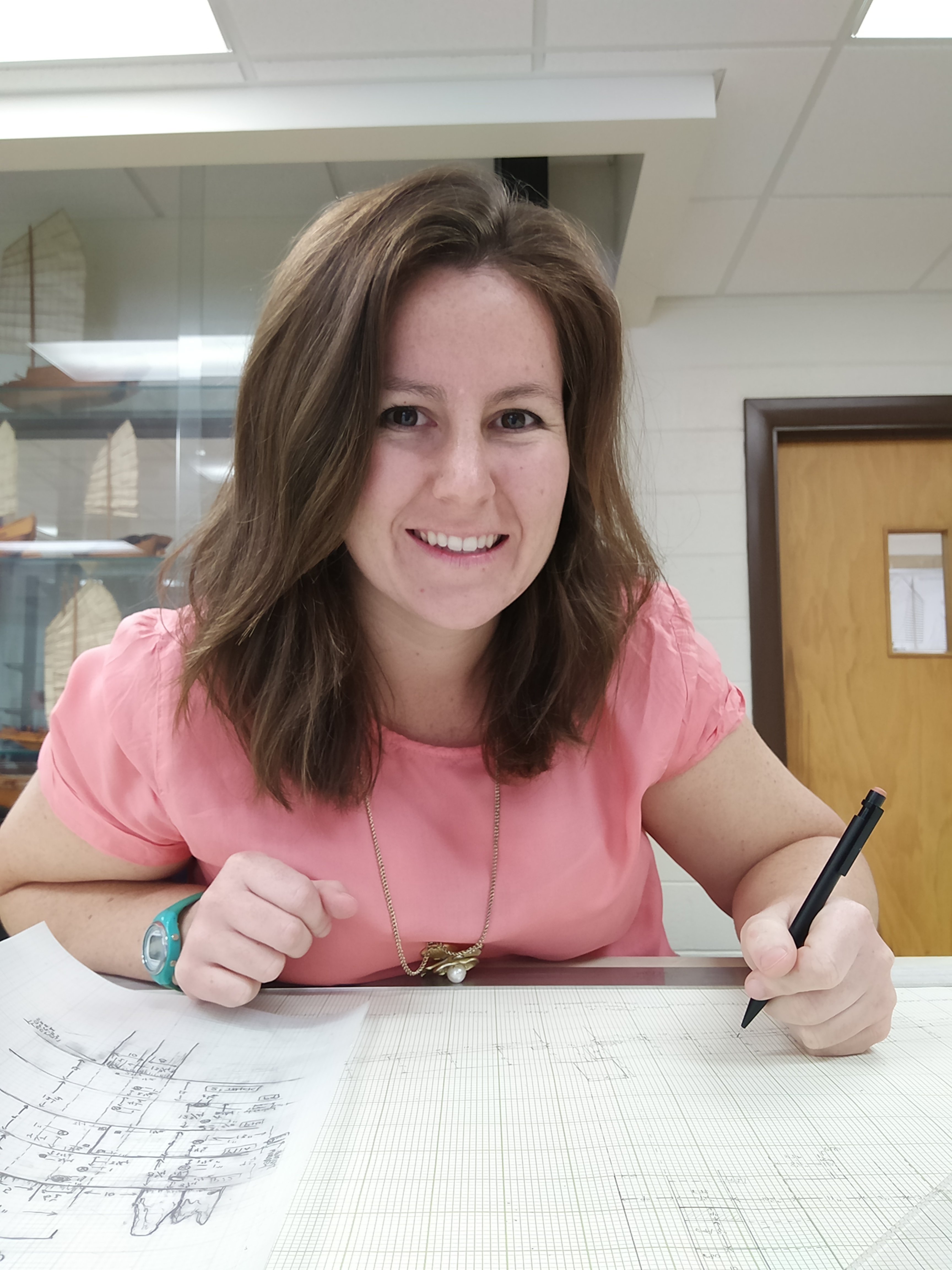Affiliation: Texas A&M University

Carolyn Kennedy is a nautical archaeologist with a focus on North American maritime history. She received her Master’s and PhD from Texas A&M University’s Nautical Archaeology Program where her thesis and dissertation examined the hulls of four 19th-century steamboats in Lake Champlain, Vermont, analyzing how their designs differed and developed over the course of the century as shipbuilders sought to create the ideal hull for the novel steam propulsion. After graduating, Dr. Kennedy spent a year as a research associate using cutting-edge laser-scanning technology to document the disarticulated timbers from three historic shipwrecks in Alexandria, Virginia, and reconstructing the ships digitally to better understand their original design and use. Currently, she is co-directing the Gaspé Maritime Archaeology Project, launched in 2019, which seeks to study the maritime heritage and nautical archaeology of early European colonization and subsistence activities of eastern Québec and Canada. In addition to her interests in the historical and maritime archaeology of Canada and the United States, her research specialties and teaching interests also include public archaeology, analytical archaeology, and the conservation of archaeological materials.
As the fifth passenger steamboat to operate on Lake Champlain between Vermont and New York State, Phoenix II, built in 1820, was once known as the fastest boat in the world. Traveling between St. Jean-sur-Richelieu in Québec, and Whitehall, New York, for seventeen years, the sidewheel steamer’s career was colored with a variety of events, including carrying the first fatal case of cholera into the United States in 1832. In 1837, the old and worn out wooden hull was retired to Shelburne Shipyard, where it was scuttled in the shallow harbor. An archaeological investigation of the hull from 2014 to 2016 revealed that only the very bottom of the hull remained intact, but what was left was in a good state of preservation and could tell much about how the vessel was constructed. Excavation of key components of the hull, including the bow, five frame sections, the stern and the rudder, allowed archaeologists to reconstruct how the boat was built, and interpret what it might have looked like despite the lack of iconographic evidence. The archaeology revealed that the hull was built much more robustly than what was necessary for an inland body of water like Lake Champlain. Its reconstruction shows that the tubby steamboat was much more simply designed than later passenger steamers, and indicates that shipwrights had not yet realized the full potential of hull design as a method of increasing overall speed.
Short bibliography and/or website on lecture topic (for lay reader):
Gaspé, located in Eastern Québec, has been a hub of maritime culture in North America for centuries, and continues to be an important fishing and commerce port today. During the historical period, European shipbuilders visited the Gaspé region for one primary purpose: cod fishing. This profitable enterprise required massive ships that could not only brave the open ocean, but also serve as home to crews of dozens of men for months at a time, and haul back enormous cargoes. These fishing vessels were technical marvels, but many of their unique features are not well known today. Fortunately, a material record of these early European fishing ships in North American waters was preserved in the form of shipwrecks in and around Gaspé Bay. In the summer of 2019, Institute of Nautical Archaeology researchers from Texas A&M University initiated a long-term study of shipbuilding in the area, starting with a survey of the Gaspé Bay for shipwrecks and other submerged cultural heritage. Since then, at least one shipwreck has been located and its origins are currently being studied. This paper discusses the results of the remote-sensing survey, the documentation efforts of the nautical archaeological materials, and the long-term goals of this project.
Short bibliography and/or website on lecture topic (for lay reader):